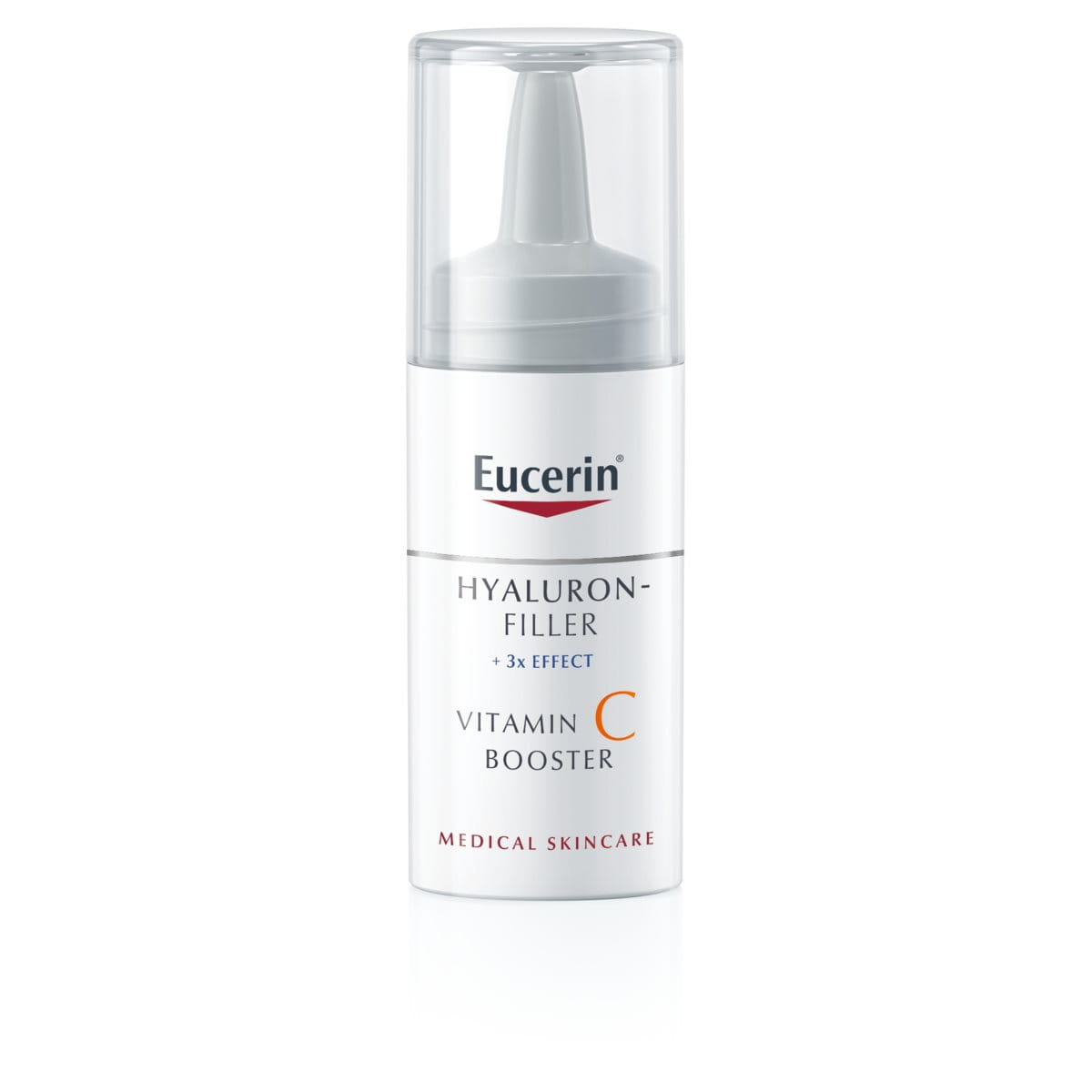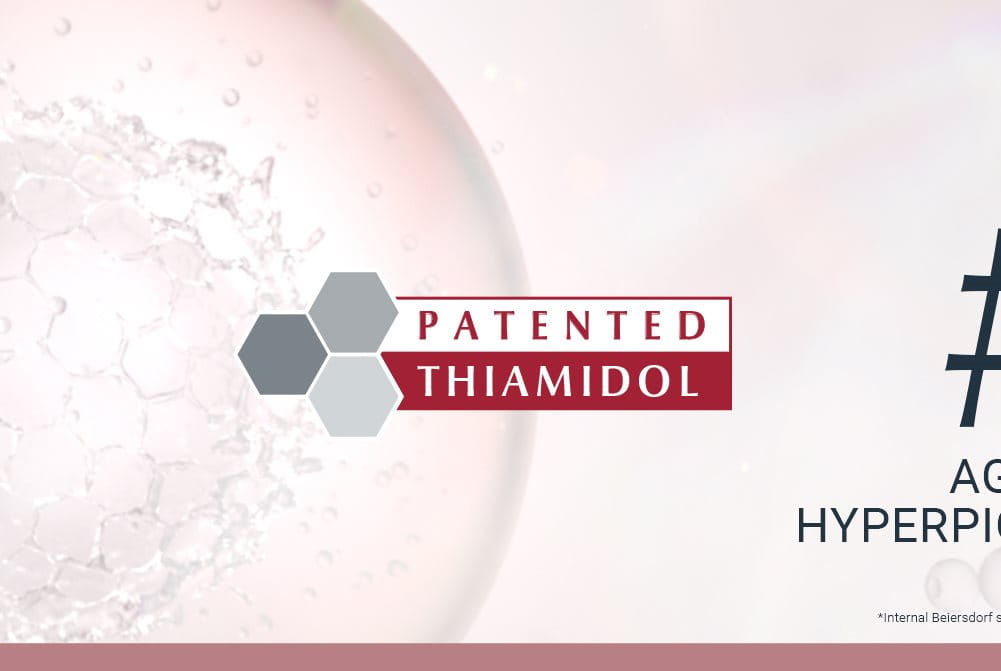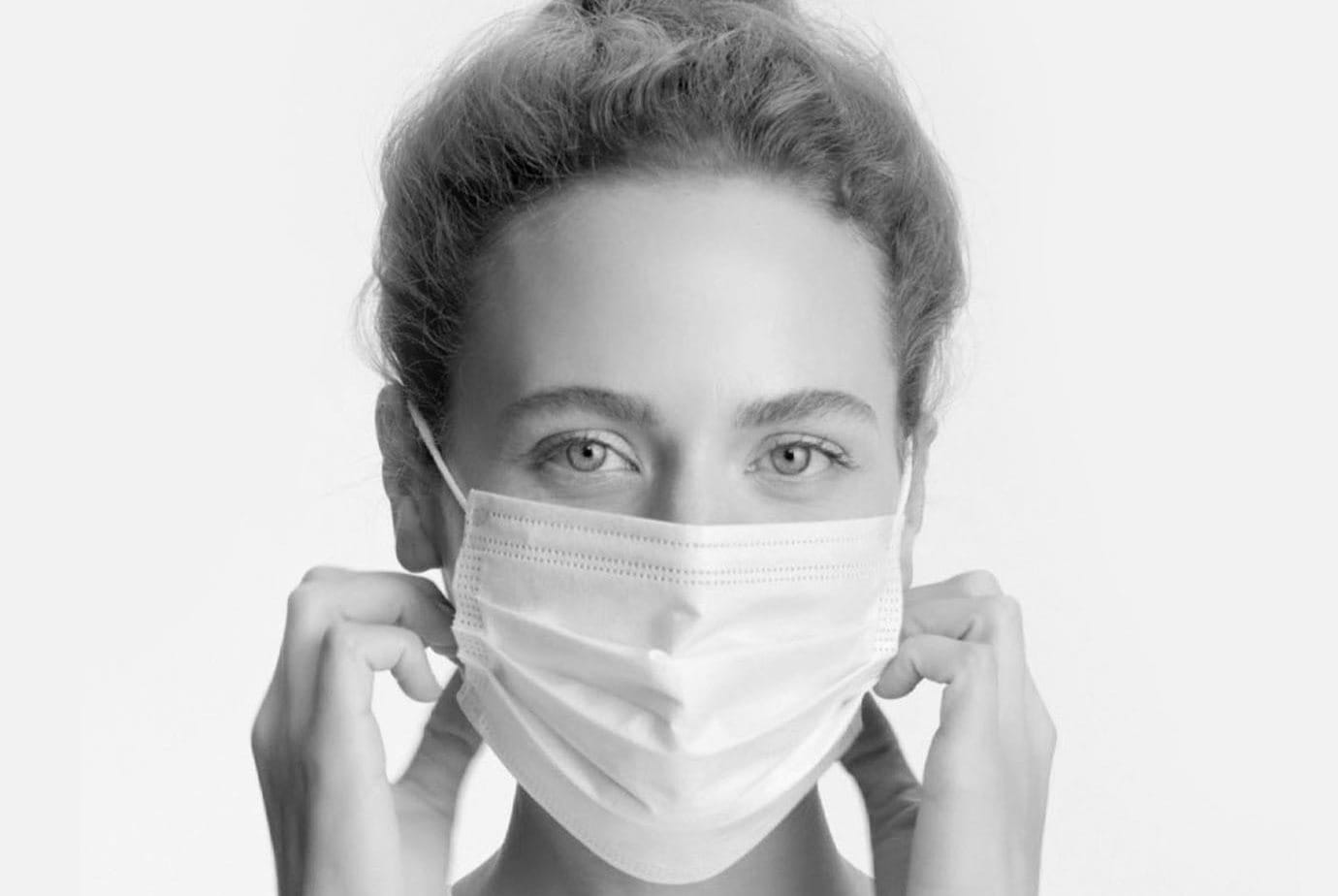We take responsibility. For your skin. And our planet.
DermoPure
Triple Effect Cleansing Gel
Skin concerns
Redness-prone Skin
Key Benefits
- Anti-blemish: 2% anti-bacterial Salicylic Acid to reduce impurities and unclog pores.
- Anti-mark: Exfoliating AHA/BHA/PHA Acid Complex to remove dead skin cells and reduce marks.
- Anti-shine: Thoroughly cleanses to remove excess sebum, dirt and make-up.
Read More
Key Ingredients
Salicylic Acid, BHA, PHA
Learn MoreSize
150 ml
Sustainability & Environment
Free of Microplastics (according to UNEP definition)
About
A clinically tested cleansing gel with 2% Salicylic Acid. Formulated to reduce blemishes, post-acne marks and shine.
NART: 63833-00000-00Read more about our product
Acne leaves its marks, physically and emotionally. It affects up to 95% of adolescents and 40% of adults*. Many people experience post-acne marks (post-inflammatory hyperpigmentation or PIH for short) long after the acute acne has vanished. After tackling blemishes, they are still stuck fighting their post-acne marks, which can persist for several years or even a decade** with the sun aggravating the symptoms. Up to 87% of people experience post-acne marks. People are equally susceptible, and all skin types can get post-acne marks, although it is more prevalent in darker tones of skin***. Eucerin DermoPure Triple Effect Cleansing Gel with 2% Salicylic Acid helps you to finally beat blemishes and post-acne marks with 3 key factors: 1. Anti-blemish: 2% anti-bacterial Salicylic Acid to reduce impurities and unclog pores. 2. Anti-marks: Exfoliating AHA/BHA/PHA Acid Complex to remove dead skin cells and reduce marks (post-inflammatory hyperpigmentation). 3. Anti-shine: Thoroughly cleanses to remove excess sebum, dirt and make-up. For an instantly clean and pure skin feeling, and visibly reduced post-acne marks over time. 96% confirm the product has an anti-blemish, anti-marks and anti-shine effect.**** The Triple Effect Cleansing Gel creates the ideal routine when used together with the Triple Effect Serum (with patented Thiamidol) and the Protective Fluid SPF 30. * Zouboulis, C. C., Hautarzt. 2014; 65(8):733–750. ** Abad-Casintahan, F. et al., “Frequency and Characteristics of Acne-Related Post-Inflammatory Hyperpigmentation.” J Dermatol. 2016; 43:826–828. *** Elbuluk N, Grimes P, Chien A et al. The pathogenesis and management of acne-induced post-inflammatory hyperpigmentation. Am J Clin Dermatol 2021; 22:829–36. **** Beiersdorf AG, PiU, Thailand, Sep/Oct 2022, conducted with 119 people suffering from post-acne marks aged between 12 and 40.
Main findings
Among other clinical and dermatological studies, a Product in Use (PIU) study was conducted, with 100 volunteers over 4 weeks of regular use twice a day.
96%
Anti-blemish, anti-marks, anti-shine
96%
I would integrate this product in my daily routine
97%
Works anti-blemish
96%
Has an anti-mark effect
95%
Finally beats post-acne marks
97%
Provides an anti-shine effect
99%
Cleanses thoroughly
97%
I would recommend it to a friend
Ingredients
We choose all our ingredients with great care and never compromise on quality. Learn more about the key ingredients of this product.
The ingredients in our brand products are updated regularly. For this reason, occasionally there may be discrepancies between the ingredients on our website and on our product packaging. We therefore recommend that you always pay attention to the information on our product packaging and check the ingredients listed there.
View all
View all
- Salicylic AcidLearn More
Salicylic Acid is a particularly effective ingredient that fights the causes of blemish-prone skin: blocked pores and bacterial growth. For this reason it is a key ingredient in several of the Eucerin DERMOPURE formulas.
Salicylic Acid is a Beta Hydroxy Acid which acts keratolytically (meaning it removes dead skin cells and softens skin to help prevent blocked pores) and comedolytically (which means it opens up clogged pores). Overall, it improves the appearance of the skin: it reduces blemishes and prevents the build-up of new blemishes. - BHALearn More
BHA stands for Beta hydroxy acid. At Eucerin, we use the BHA Salicylic acid. This small lipophilic acid penetrates into pores for deep pore cleansing, dissolves dead skin cells and controls sebum production.
- PHALearn More
PHA stands for Poly hydroxy acid. At Eucerin, we use the PHA Gluconolactone. With its hydroxy groups and larger molecular size, this exfoliating acid penetrates more slowly to the skin. Therefore, it is especially suitable for sensitive skin. It moisturises and makes skin more even and smoother.
FAQ
What are post-acne marks (post-inflammatory hyperpigmentation or PIH for short)?
PIH is a type of hyperpigmentation of the skin that is mainly triggered by the way skin regenerates after inflammation. It can affect the face and body, especially UV-exposed areas, and appears as flat spots of hyper-colouration. These range in colour from pink to red, brown or black, depending on skin tone and the depth of hyper-colouration. The root cause is increased melanin production, the pigment that defines the colour of a person’s skin, which is stimulated by inflammatory factors. The blemish triggers melanocytes – the melanin-producing cells – to release excessive melanosomes (pigment granules). The excessive pigment granules darken and discolour the formerly stressed area. Once initial blemishes have subsided, spots of hyper-colouration, so-called post-acne marks, can remain.
Additionally, sun exposure can aggravate PIH symptoms, darkening the affected patches and prolonging the time it takes for them to fade. Most acne-related PIH will eventually fade over time, but it can take several years or even a decade until it is fully gone*.
*Abad-Casintahan, F. et al., “Frequency and Characteristics of Acne-Related Post-Inflammatory Hyperpigmentation.” J Dermatol. 2016; 43:826–828.
Who is affected by post-acne marks?
Post-inflammatory hyperpigmentation is common among many acne sufferers since a root cause for acne is inflammation. Those post-acne marks left behind after blemishes subsided can be even more aggravating and emotionally distressing than acne itself. People are equally susceptible, and all skin types can get post-inflammatory hyperpigmentation, although it is more prevalent in darker tones of skin, with over 65% of the Black Americans experiencing it, followed by 53% of Hispanics, 47% of Asians and 25% of Caucasians*. This means that we need effective and tolerable skincare fighting both blemishes and post-inflammatory hyperpigmentation for consumers all over the world.
* Kaufman et al., Am J Clin Dermatol. 2018; 19:489–503, Perkins et al., JEADV. 2011; 25(9):1054–1060.
How frequent are post-acne marks?
Up to 87% of the people who suffer from acne are also affected by post-acne marks. This is a big cause of stigmatisation and often becomes a huge part of those suffering from acne.
That is why Eucerin's global social mission aims to promote social inclusion of individuals and groups of all ages affected by dermatological conditions. It's important to remember that acne is a common condition that affects many people, and there is no shame in seeking help or treatment.
For a link to our study showing the effects of post-acne hyperpigmentation on happiness and confidence, click here.
How can post-acne marks be prevented?
PIH is mainly triggered by the way skin regenerates after an inflammation. To prevent it, though there are no guarantees, avoid picking at or pressing your pimples. The best prevention is, however, to target acne-related PIH at the root, meaning preventing blemishes from appearing and getting inflamed. Use an effective cleanser like the Eucerin® DermoPure Triple Effect Cleansing Gel.
Additionally, sun exposure can aggravate PIH symptoms, so we recommend sun protection. Limit the time you spend in the sun and keep out of the sun during its most intense hours. Wear protective clothing and sun hats whenever possible and apply a sun protection factor of at least 30, to protect marks from darkening and help prevent new marks from appearing by using specialized skincare like Eucerin® Dermopure Protective Fluid SPF 30.
What are AHAs?
AHA stands for alpha-hydroxy acid. At Eucerin, we use the AHA Glycolic acid, an acid originally derived from sugar cane. This peeling acid has a very small molecular size, makes skin smoother, more even and opens pores, without compromising on barrier structures of the skin.
It promotes exfoliation by reducing cell adhesion in the epidermis and increasing cell turnover. Furthermore, it increases the biosynthetic capacity of collagen and builds support structure in the dermal matrix to reduce wrinkles and fine lines.
Read also some related articles
















